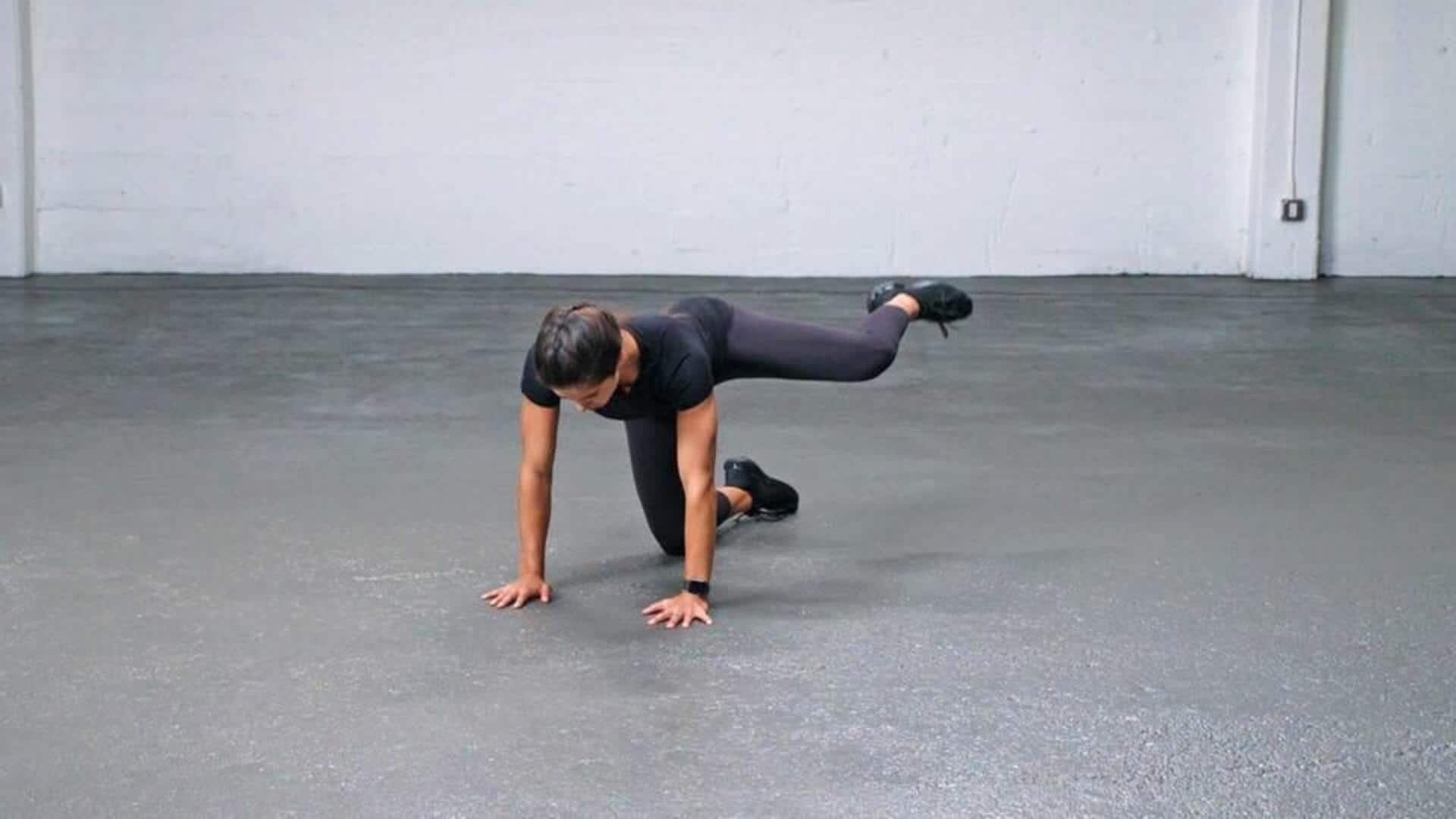Bosu Ball: Explained
The Bosu Ball, often seen in gyms and fitness studios, is a training device resembling a stability ball cut in half. The word 'BOSU' is an acronym for
'Both Sides Up,' indicating its dual functionality. This means you can use it with either the flat side or the dome-shaped side facing up. The primary function of the Bosu Ball is to create an unstable surface. This instability forces your body to engage more muscles, particularly the core muscles, to maintain balance. This increased muscle engagement leads to improved strength, stability, and coordination. You can use it for various exercises, from squats and lunges to push-ups and planks, intensifying the workout by challenging your balance. It's a valuable tool for individuals looking to enhance their overall fitness and functional movement.
Boosting Strength, Stability
Utilizing a Bosu Ball in your workout regime offers several benefits, primarily revolving around improvements in strength, stability, and coordination. The unstable nature of the Bosu Ball compels your body to work harder, engaging a wider range of muscles. This amplified muscle activation leads to enhanced strength. Furthermore, the constant need to maintain balance reinforces core strength, which is crucial for all movements. The increased focus on balance also improves coordination. Because the body is continually adjusting to stay stable, it sharpens proprioception, or the body's awareness of its position in space. Regular Bosu Ball exercises can help translate these enhancements into everyday activities, making you feel more stable and coordinated in your daily life. Adding a Bosu Ball into your routine can create a more efficient and adaptable body.
Common Mistakes to Avoid
While the Bosu Ball is an effective tool, there are some common mistakes people make that can reduce its effectiveness or, worse, lead to injuries. One major issue is not maintaining correct posture. People often round their backs or lean too far forward when balancing, which can strain the lower back and reduce the workout's benefits. It’s essential to keep your core engaged and maintain a straight spine. Another mistake is starting with advanced exercises before mastering the basics. Beginners should begin with simpler exercises, like standing on the flat side of the ball, before attempting more challenging moves like squats or lunges. Moreover, failing to control your movements can be risky. Avoid rushing through exercises. Instead, focus on slow, controlled movements to maximize muscle engagement and reduce the risk of losing balance. Lastly, inadequate warm-up and cool-down routines are often overlooked, which can potentially cause injuries. Always warm up before exercise and cool down with stretches afterward.
Who Should Avoid?
Although the Bosu Ball is a versatile exercise tool, it's not suitable for everyone. Some individuals should avoid using it to prevent potential injury or complications. People with balance problems, especially those with inner ear disorders or other conditions affecting their equilibrium, should be cautious, as the instability of the Bosu Ball can worsen their condition. Individuals with joint problems, such as knee or ankle instability, or those recovering from injuries should also approach Bosu Ball exercises with care. The unstable surface can put extra strain on these joints, potentially hindering recovery or causing further damage. Pregnant women should avoid using the Bosu Ball, particularly for exercises that require balance or core engagement. It is always best to consult with a healthcare professional or a certified fitness trainer before starting any new exercise program, especially if you have pre-existing health conditions or concerns.






